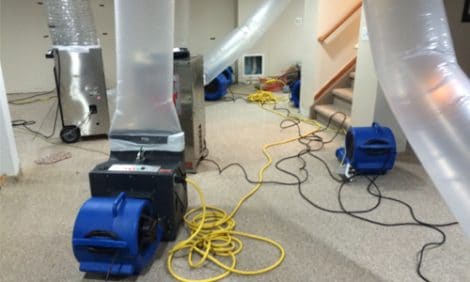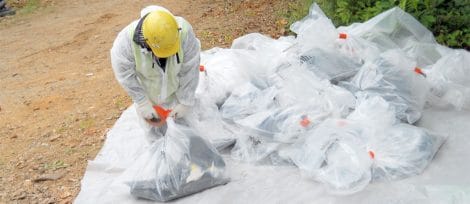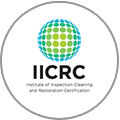When Choosing a Disaster Restoration Company Knowing the Terminology Helps
When faced with a Disaster at your home or business, things can get chaotic quickly. The first response should always be to make sure everyone is safe from danger. However the next step of finding a Disaster Restoration Company to handle the aftermath can sometimes be a bit overwhelming. This is especially true for property owners who are unfamiliar with the processes and terminology of the recovery-restoration project at hand. Here are 13 of the most common Disaster Restoration terms to help anyone facing a disaster evaluate more clearly the game plan ahead.
13 Common Disaster Restoration Terms
- Assessment: Usually this is the first-initial step upon arrival of a restoration team. Begins with an evaluation of a request for assistance. Followed by an estimate of resources (equipment, labor, etc.) needed. Any safety concerns are outlined and a written scope of work is produced outlining details of the project along with an estimated time of completion.
- Air Mover: This is an industrial strength fan that moves air at a high velocity to increase the rate of moisture evaporation from wet surfaces and materials.
- Extraction: Refers to the first step of water damage restoration during which excess water is removed using pumping equipment.
- Dehumidifier: Often used in catastrophic, water damage and flood events, this machine is a lifesaver. This machine removes humidity-water vapor from the air returning the property’s interior air levels back to a dry condition. During the “Drying” time (usually 48-72 hours) air movers and dehumidifiers are used inside a property to remove all moisture from the air and all building materials after the floodwater has been removed.
- Antimicrobials: An antimicrobial is an agent that kills microorganisms or inhibits their growth. This commonly used during a water loss when the water is contaminated that can cause potential harm.
- Demolition: During this step of the restoration process all damaged materials (carpet, drywall, wood and building materials) are removed and safely discarded. This takes place to ready the property for reconstruction.
- Containment Area: During mold removal projects any area deemed contaminated with mold spores and colonies is blocked from uncontaminated areas by heavy poly-plastic barriers. Normally, professionals wearing Personal Protection Equipment (PPE) only access these areas. PPE is designed to be worn at all times of the cleaning and disinfecting process to protect technicians from exposure to hazardous substances. These include: hard hats, goggles, face masks, bodysuits and respirators.
- Pre and Post Testing: This testing process uses collected air and surface samples to be sent to a lab for analysis. The lab will determine types of species of molds and fungal growth. This process is also used to identify bacteria’s, asbestos fibers and any other possible harmful contaminates.
- Biohazard: This term is used when there is the presence of biological waste at a disaster site. This waste can contain infectious agents that present a risk or potential health concern. Often this type of hazard is associated with the presence of sewage. Biohazards require professional handling by trained, certified experts.
- Pack-Out: During the restoration process, a pack-out refers to the moving of contents out of the damaged property and to an off-site facility for contents cleaning and storage.
- Remediation: The reversing and stopping of environmental damage usually associated with lead, mold and asbestos.
- Put-Back (Reconstruction): During this phase of a restoration project reconstruction or “Put-Back” is performed to return the property back to its original pre-disaster condition.
- Inspector: The official or individual responsible for determining how severe the disaster event is, offering a report regarding what steps, processes and procedures are needed to address a positive resolution. This official does not work for the individuals making the restoration repairs.
Facing a disaster, even when you know the right terms to use, can be intimidating. In addition dealing with the language of insurance companies can add to the stress of the situation. At Reliable Restoration, we are experts at guiding you through the most complicated disaster recovery projects. We speak the language of insurance adjusters and can assure that your project will meet all necessary steps, rules and guidelines required for compliancy.
Available 24/7/365, Reliable Restoration is here to deliver the highest-quality project solutions with the best customer service. After all with us your family, is our family.








